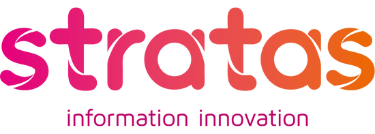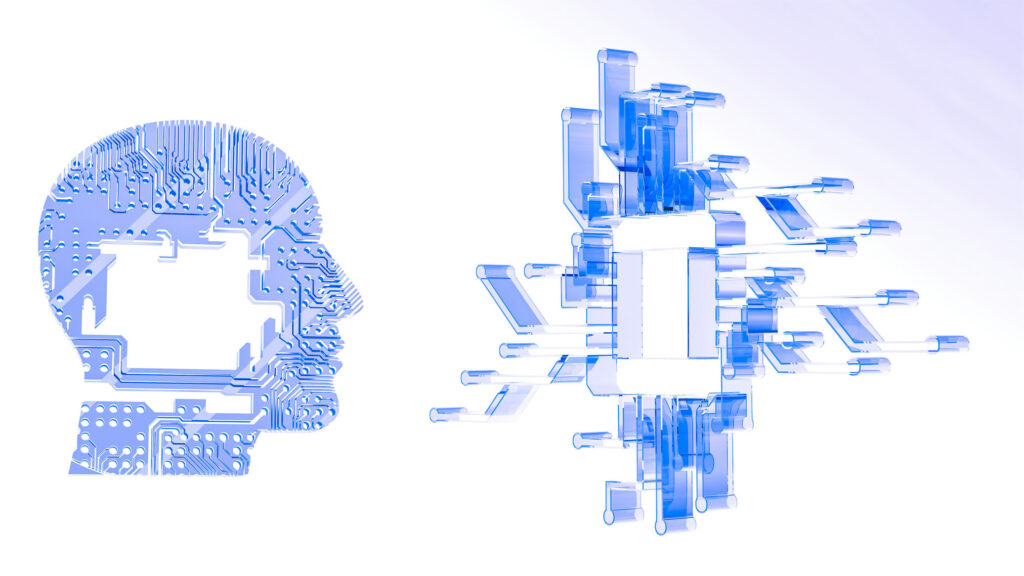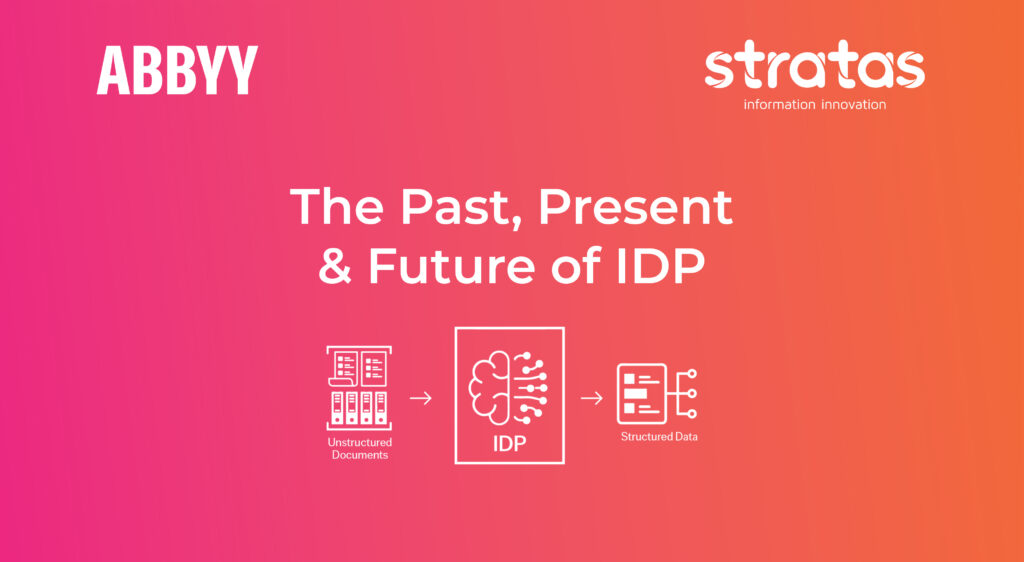What are the key trends in digital transformation in 2023?
Forge rock recently released a paper discussing the 5 digital transformation trends shaping business and society in 2023.
1. Disrupted. The Reinvention Economy
The pandemic had a huge impact on every aspect of life and we are still facing new challenges as a result of it every day. This has meant some businesses have had to reinvent themselves to engage customers and future-proof their themselves.
2. Partner Ecosystems
Some businesses are entering multi-party digital ecosystems to fill consumer demand and stand out against competitors.
3. Phygital Experiences
Consumers want a seamless experience that meets their expectations.
4. Internet of Things (IoT)
The global consumer IoT market is projected to increase from $97.50 billion in 2020 to an estimated $188.34 billion by 2026.
5. Cybercrime, Breaches, Fraud, and Overreach
The number of data breaches, fraud, ransomware, and discoveries of over-reach has skyrocketed, with no sign of slowing down.
1- The Reinvention Economy:
Consumers want flawless and personalised experiences. To meet this demand and stay ahead of the competition, enterprise organisations put more effort into innovating new services and fine-tuning experiences. For example, in 2005 Amazon disrupted the market with Prime — promising free two-day shipping for members. Over 15 years later, other retailers still aspire to compete against this now-common consumer expectation.
Organisations develop new, innovative ways to serve customers. In turn, consumers adapt to the innovations and turn them into expectations. Across the globe, the pandemic ignited a digital transformation firestorm. Now, with enterprises and governments facing global economic uncertainty, leaders are in a race to acquire and engage customers, mitigate their losses, and future-proof their businesses.
2 – Partner Ecosystems:
As part of their reinvention, enterprise organisations are entering multi-party digital ecosystems to fill consumers’ insatiable demand.
According to McKinsey, 6 digital ecosystems today power seven of the world’s 12 largest companies by market capitalisation. Powered by technologies like the cloud and application programming interfaces (APIs), these partner networks improve operational efficiency, transparency, and scale; expand service offerings; and help deliver disruptive experiences. For example, providers, payers, retailers, and other industry players are joining forces in the healthcare sector to create digital health ecosystems that combine multiple services into one convenient customer-facing application.
Leading enterprises have learned that joining forces to create solutions for a seamless end-to-end experience across the customer journey is a winning strategy.
3 – Phygital Experiences:
No matter how consumers interact with an organisation, they want a seamless, personalised experience that picks up where they left off. Organisations are designing ‘phygital’ experiences — tailored customer journeys consisting of blended physical and digital elements to deliver this. Within the next few years, the integration of digital and physical experiences will be prominent in everyday life. Importantly, delivering phygital experiences relies on knowing the customer at every touchpoint and enabling security and trust.
4 – Smart Devices and the Internet of Things:
From phygital smart mirrors to thermometers, mattresses, cars, shoes, and toys — consumer-focused business is increasingly built around IoT things, the data they collect, and the apps they connect to. While IoT is improving the lives of consumers and is helping organisations differentiate themselves with novel service offerings, the unfortunate reality is that most IoT things are not secure and can be used maliciously.
IoT cyberattacks more than doubled during the first half of 2021, resulting in 1.51 billion breaches, an increase from 639 million in 2020. Importantly, the consequences of IoT hacks and breaches can be dire, making the security of IoT identities and their data a top priority.
5 – Cybercrime, Breaches, Fraud, and Overreach
As the momentum for digital escalates, so do evolving cybercrime and cyberwarfare tactics. Today, nothing is worse for an enterprise organisation than a hack, breach, or a damaged reputation due to poor security and data management practices. During just the past few years, the number of breaches, phishing attacks, fraud, ransomware, and overreach has reached new heights
- Nearly 85% of successful data breaches involved defrauding humans;
- Web applications are the main attack vector, linked to over 80% of breaches;
- 61% of all data breaches are the result of schemes, such as phishing, that steal login credentials;
- 2 billion data records containing usernames and password records were compromised in 2021; and
- IoT cyberattacks increased 136% in just the first half of 2021.
While progress has been made within the past few years, legal repercussions for breaches and overreach have often fallen short of consumer expectations. Moreover, when personal information has been stolen, consumers are vastly unsatisfied with the compensation and reparations organisations offer.
Are you ready to adapt to the new trends in digital transformation? Contact us to see how we can help your business.



